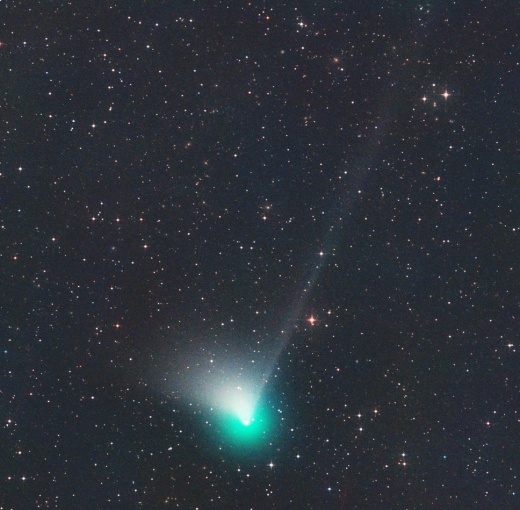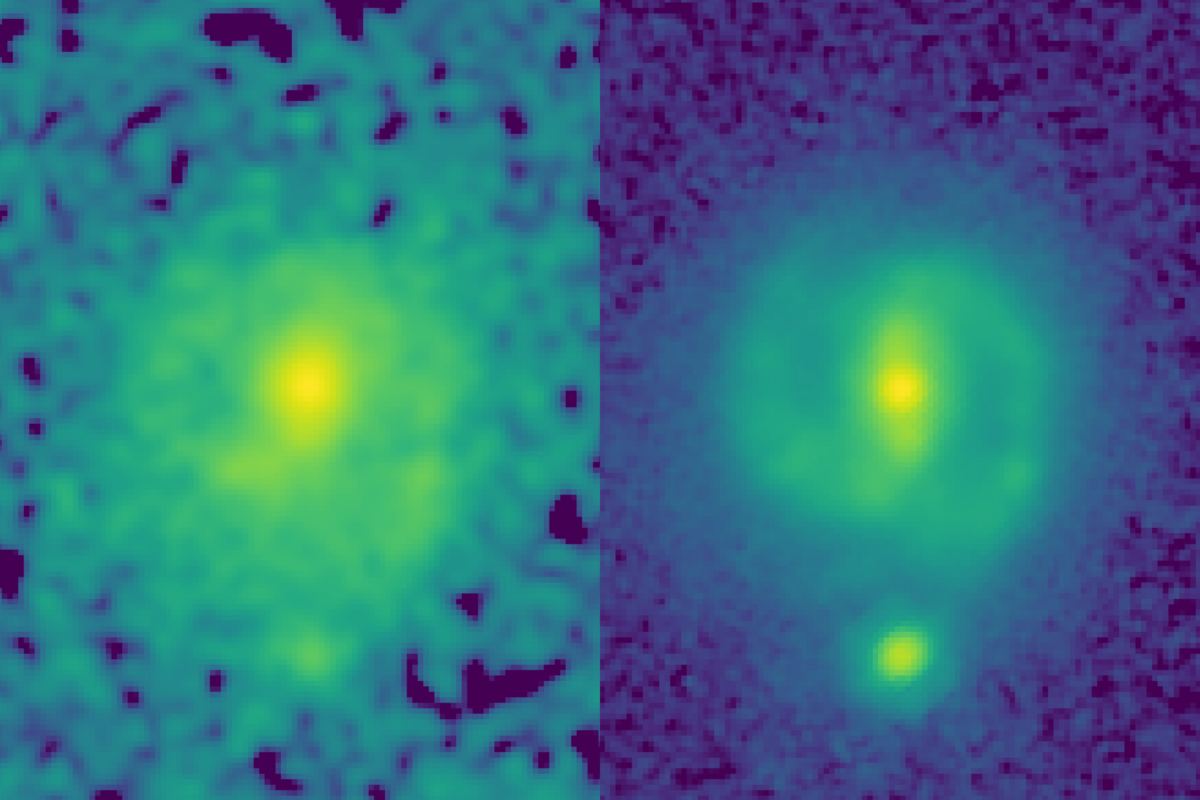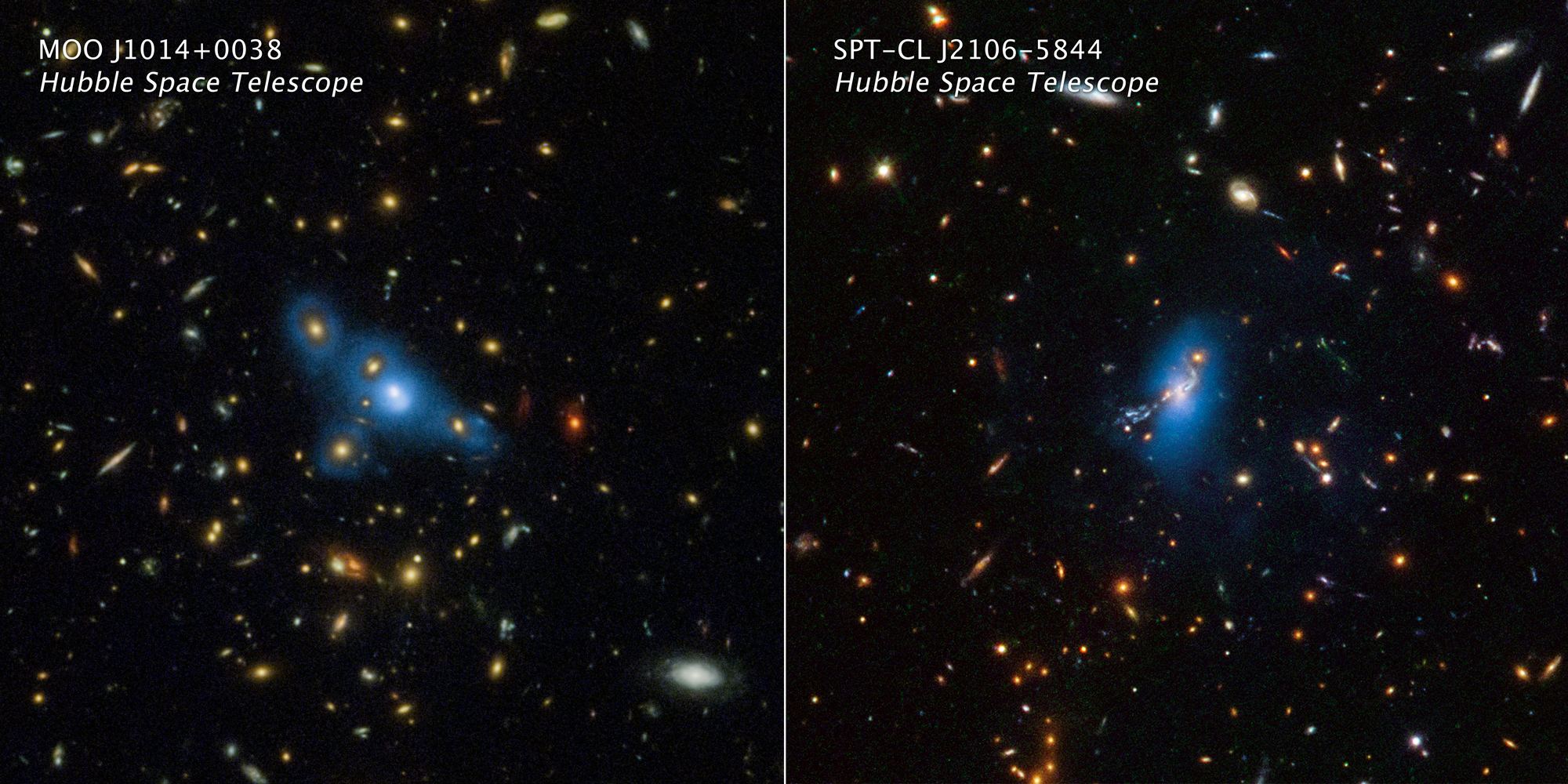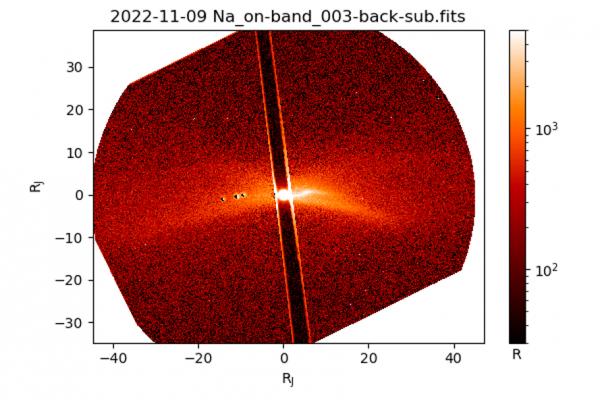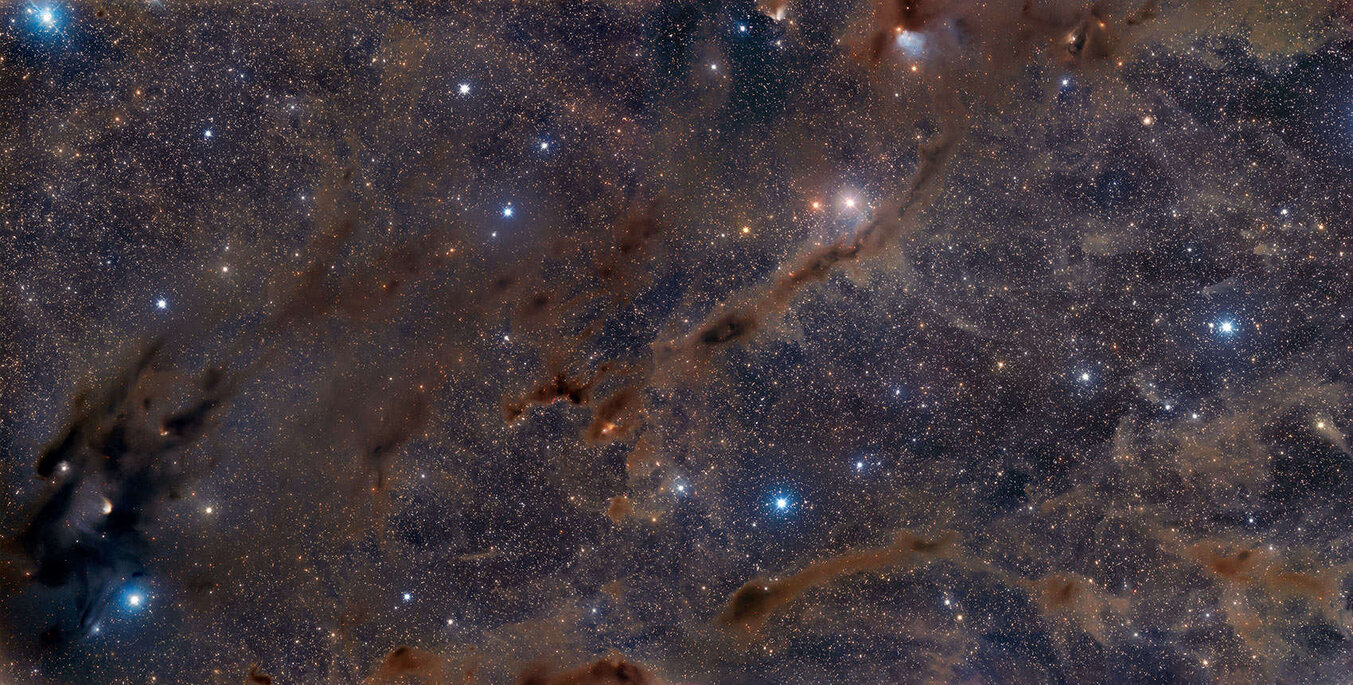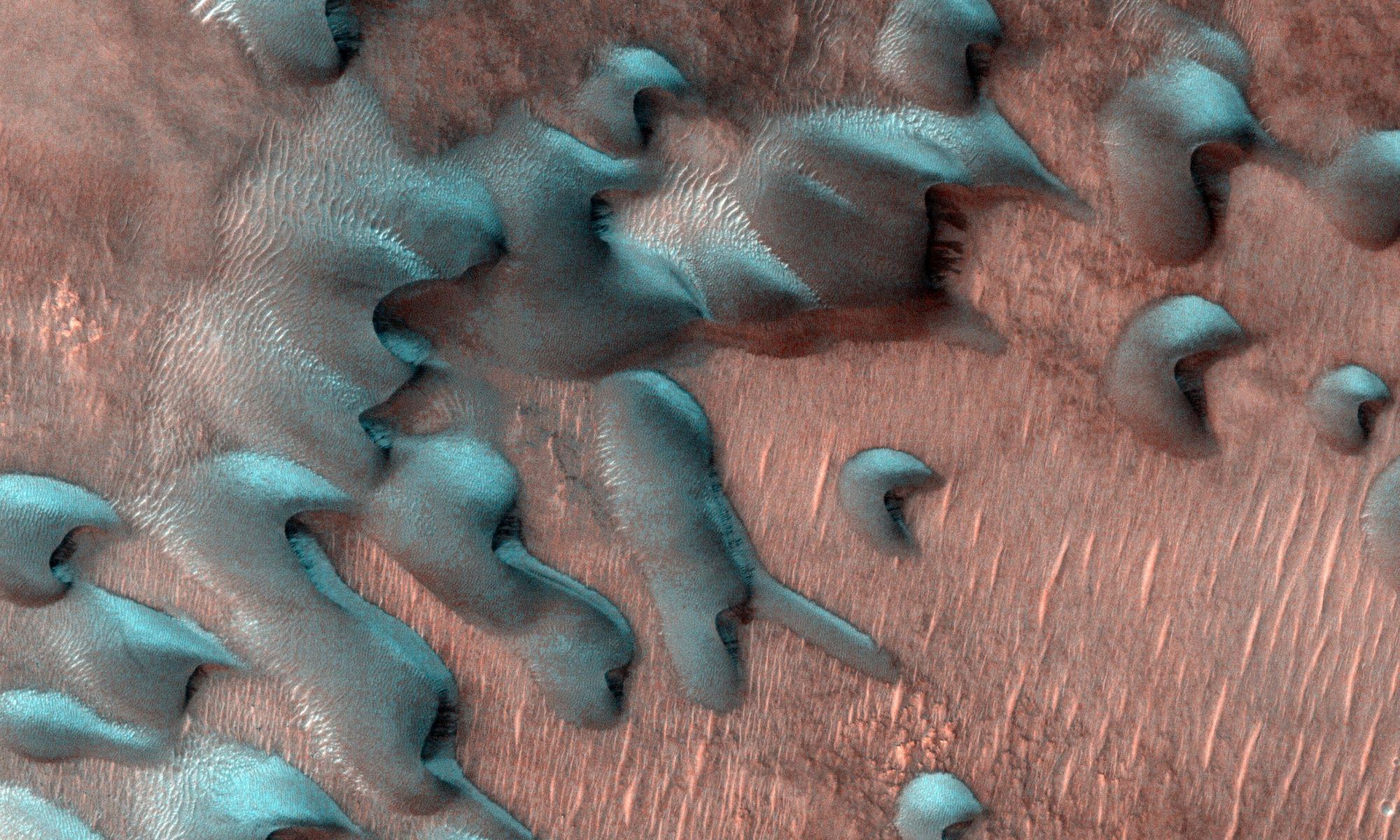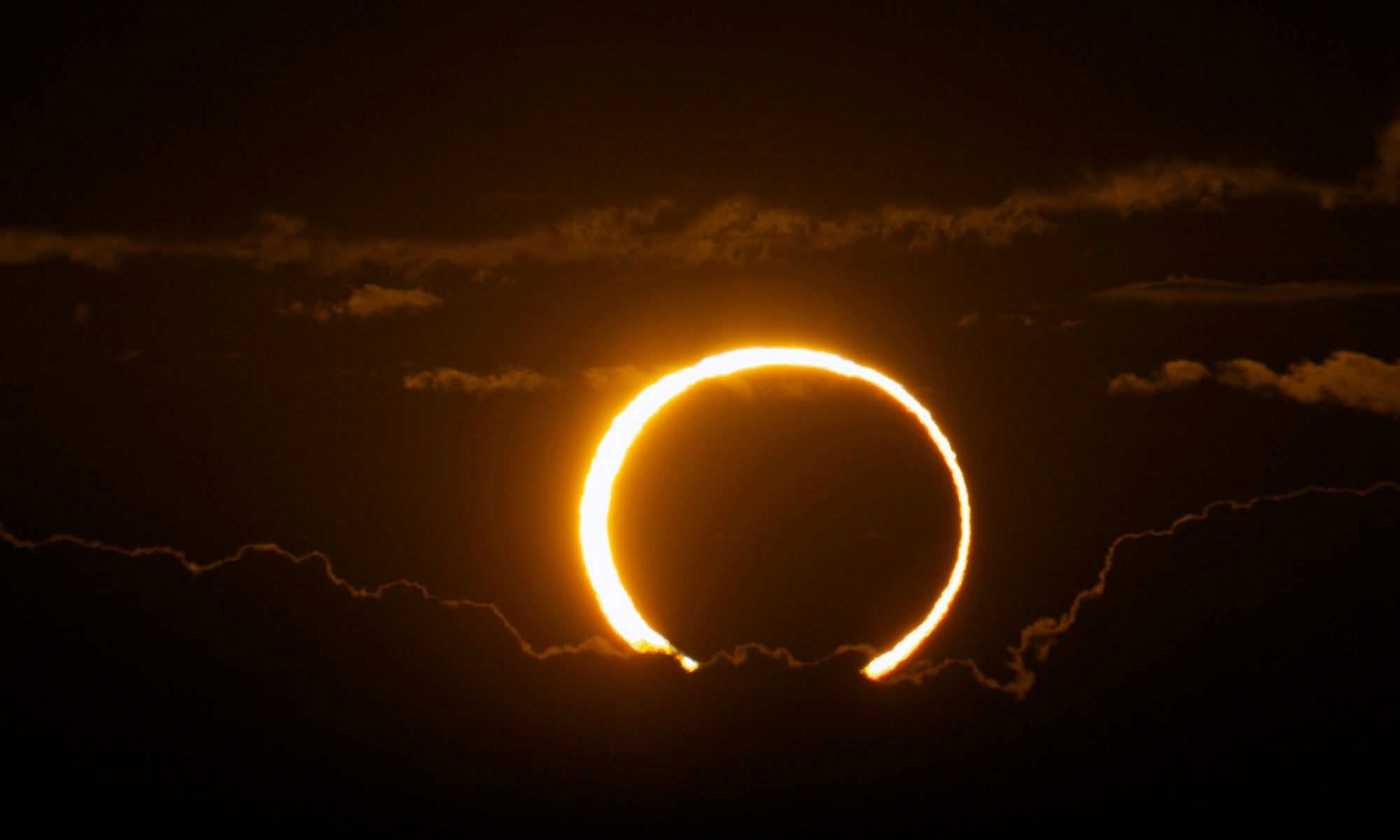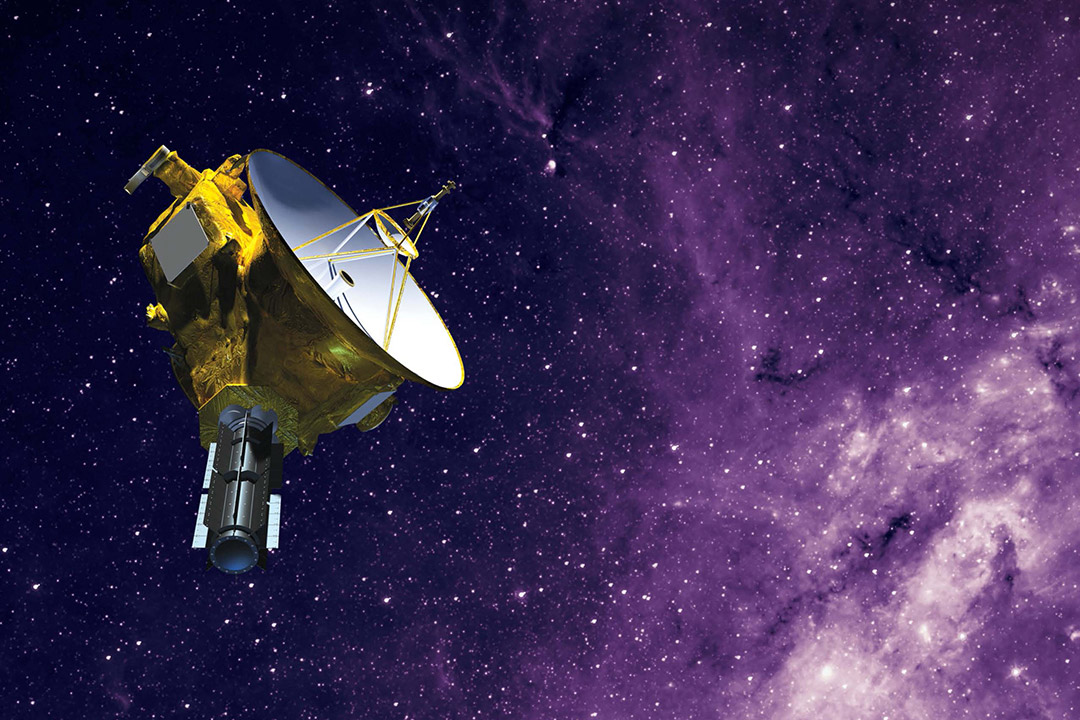The first good comet of the year, Comet E3 ZTF is a fine object for northern hemisphere observers in January.
As in years previous, 2023 kicks of with another decent binocular comet.
If you haven’t seen C/2022 E3 ZTF yet, you’ll soon have your chance. Discovered by the Zwicky Transient Survey searching for supernovae, E3 ZTF was first spotted as a +17th magnitude object gliding through the constellation of Aquila the Eagle on the night of March 2nd, 2022.
Continue reading “Comet E3 ZTF Brightens as the First Good Comet of 2023”
